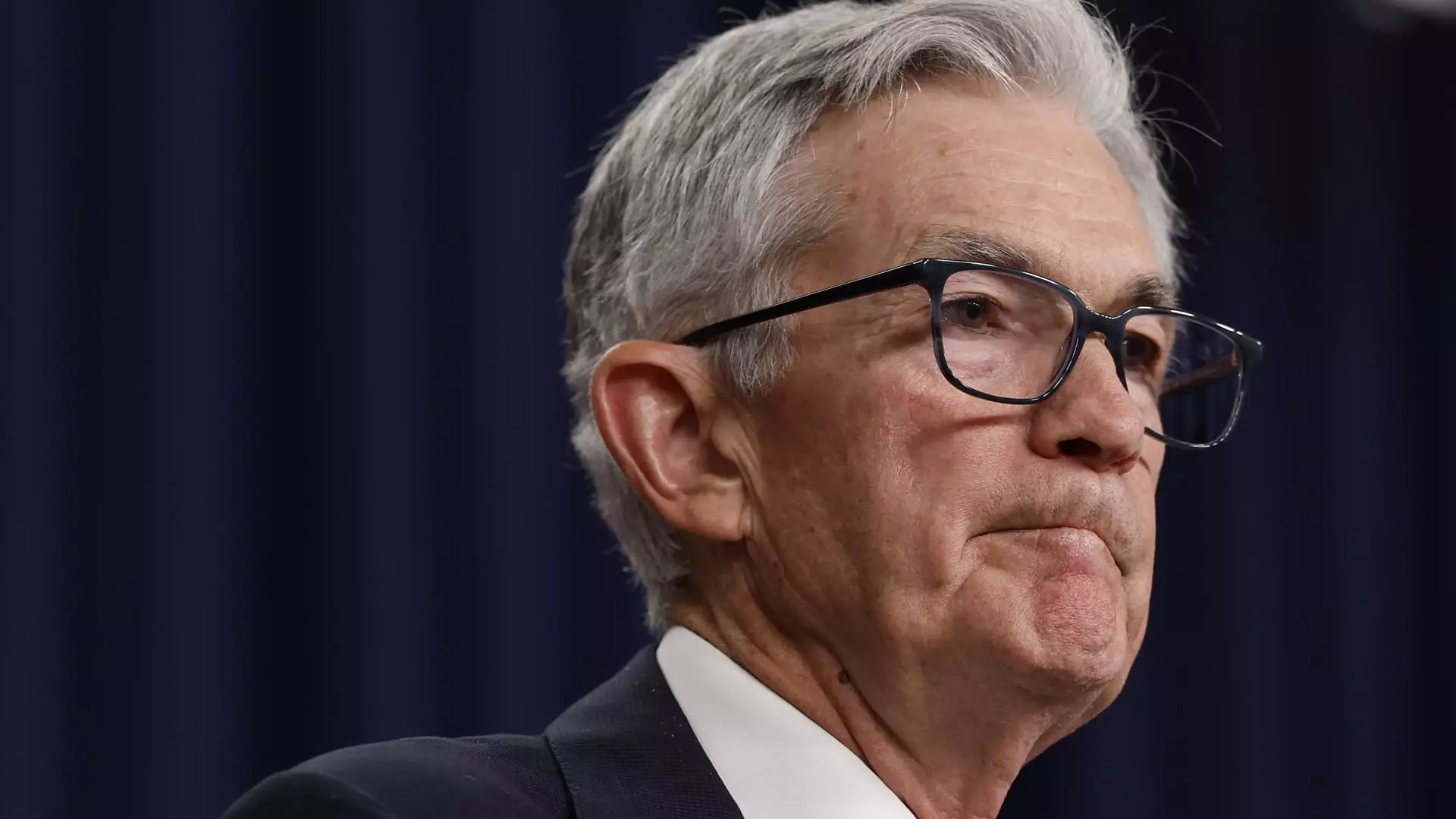The Federal Reserve made headlines in September 2023 with a pivotal decision to lower interest rates by half a percentage point, marking the first significant cut in over four years. The implications of this decision reverberate across financial markets, yet the internal dynamics of the Federal Open Market Committee (FOMC) revealed a complex and sometimes conflicting outlook among its members. In this article, we delve into the nuances of this rate cut and the factors that influenced such a consequential choice.
The minutes released from the September meeting illustrate the deliberative process that led to the unanimous agreement to cut rates, though not without notable dissent. The central bank is known for its careful consideration of economic indicators, weighing the urgency of inflation against the condition of the labor market. While the decision to implement a 50 basis point reduction was ultimately accepted by most members, one dissenting vote cast by Governor Michelle Bowman indicated a fracturing consensus within a body historically characterized by unity.
The differing opinions on whether to opt for a smaller, 25 basis point cut signal an ongoing tension among policymakers. Some committee members argued that such a reduction would align better with a systematic normalization of monetary policy, allowing for a more measured response as the economic landscape continued to evolve. This internal debate underlines the FOMC’s responsiveness to real-time economic data while also reflecting its commitment to stability in the labor market.
In the weeks following the announcement, economic indicators fostered a more optimistic view of the labor market’s resilience. Nonfarm payrolls surged by 254,000 in September, far exceeding expectations, while the unemployment rate dipped to 4.1%. This unexpected robustness in employment figures likely tempered some of the more aggressive stances among Fed officials who had favored a higher rate cut, suggesting that the job market remains a key consideration in shaping monetary policy.
Additionally, the timing of these indicators cannot be overlooked. Steering the economy effectively requires a nuanced understanding of labor trends, as high employment rates typically correlate with increased consumer spending—an essential driver of economic growth. The Fed’s decision to cut rates comes at a time when inflation rates have shown signs of stabilization, allowing for a delicate balance between easing monetary policy to encourage spending while preventing an overextension that could threaten inflation control.
Following the Fed’s decision, market reactions were surprisingly muted. The major financial indices largely maintained their recent gains, suggesting that investors were somewhat aligned with the Fed’s cautious optimism. Expectations surrounding future rate cuts appear to lean towards moderation, with many analysts anticipating that subsequent reductions will not mirror the aggressiveness of the September move.
Chair Jerome Powell’s post-meeting comments included references to a “recalibration” of monetary strategy—an assertion that the decision to cut rates should not be interpreted as a shift towards a less favorable economic outlook. This phrase encapsulates the fine balance the Fed seeks to strike: fostering economic growth while remaining vigilant about inflationary pressures. The intricacies of this recalibration are reflected in the members’ collective perspectives which point towards a more sustained approach to interest rate adjustments in the foreseeable future.
The Fed’s historical preference has often been to implement rate changes in quarter-point increments, a method reflective of its overarching aim to maintain economic steadiness. Nevertheless, the half-point reduction invokes memories of prior crises, such as the COVID-19 pandemic and the 2008 financial collapse, raising questions about the current economic conditions and whether they warrant such aggressive maneuvers.
Moreover, futures markets show a now moderated expectation for federal funds rates moving into 2025, reflecting a potential shift in perception among investors regarding the Fed’s future actions. As bond yields in key treasuries surged following the meeting, market behaviors signal a complex interplay between anticipated rate cuts and investor confidence in the economic recovery phase.
The Federal Reserve’s recent interest rate cut exemplifies a pivotal intersection of economic theory, labor market realities, and financial market sentiments. As the central bank navigates these multifaceted challenges, the delicate balancing act between promoting growth and curbing inflation will undoubtedly shape the trajectory of monetary policy in the months ahead. The ultimate outcome of this recalibration of interest rates remains dependent on ongoing economic data and the Fed’s adeptness in interpreting these signals into actionable policy.

